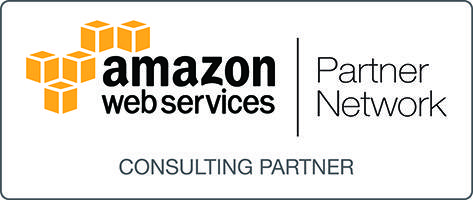SUPPLYCHAIN TRANSFORMATION
Over the many years logistics has undergone a tremendous change: from a purely operational function that reported to sales or manufacturing and focused on ensuring the supply of production lines and the delivery to customers, to an independent supply chain management function that in some companies is already being led by a CSO – the Chief Supply Chain Officer. The focus of the supply chain management function has shifted to advanced planning processes, such as analytical demand planning or integrated S&OP, which have become established business processes in many companies, while operational logistics has often been outsourced to third-party LSPs. The supply chain function ensures integrated operations from customers to suppliers.
Trends in supply chain management
Industry creates a disruption and requires companies to rethink the way they design their supply chain. New technologies have emerged that are altering traditional ways of working. On top of this, mega trends and customer expectations change the game. Besides the need to adapt, supply chains also can reach the next horizon of operational effectiveness, to leverage emerging digital supply chain business models, and to transform the company into a digital supply chain.


Supply Chains to Admire
The list of the Supply Chains to Admire is based on years of research on balance sheet and income metrics to determine what is possible and define which companies are driving the greatest success. In this discussion of driving improvement and raising the bar to higher levels of performance, the audience will learn what did and did not work to drive higher levels of performance.
Metrics That Matter
Berenike & Bion insights on which metrics matter and how the management of a balanced portfolio drives a higher level of market value. The ideal for a cross-functional team struggling with which metrics to choose, how to determine the targets, and with change, what rate of performance improvement is possible.


Market-Driven Value Networks
The management of demand is a major stumbling block for most companies. In this session the audience will be challenged to think about demand differently, from the customer’s customer to the supplier’s supplier, outside-in, while defining the processes of demand sensing, demand translation and demand orchestration.
Making the Digital Pivot
Digital supply chains are outside-in, building on a confluence of technologies. While the list of new and promising technologies goes on and on, the question is how to best use them.
Berenike & Bion describes how companies use these technologies to drive new levels of improvement in corporate performance.


The Race for Supply Chain 2030
How to Build Next-Generation Supply Chain Capabilities: What does the future of supply chain management look like? How should companies prepare? Gain insights on how technologies are changing and what this means for process innovation and the design of organizational teams.
Network of Networks
Today it is a vision. Testing is making it a reality. B2B commerce is stalled using techniques from three decades ago. Gain insights from this cross-industry group which Berenike & Bion leads on improving B2B connectivity through the adoption of new technologies.

UNMATCHED SOLUTIONS START HERE.
Bring us your toughest challenges and connect with our team for staffing and consulting services.



